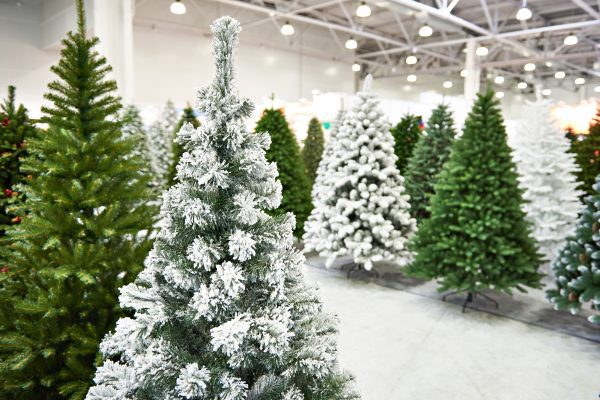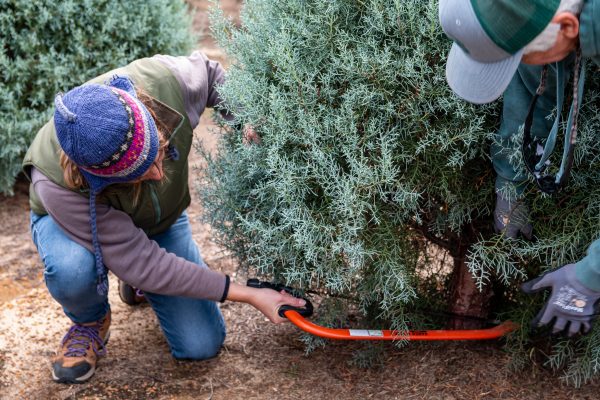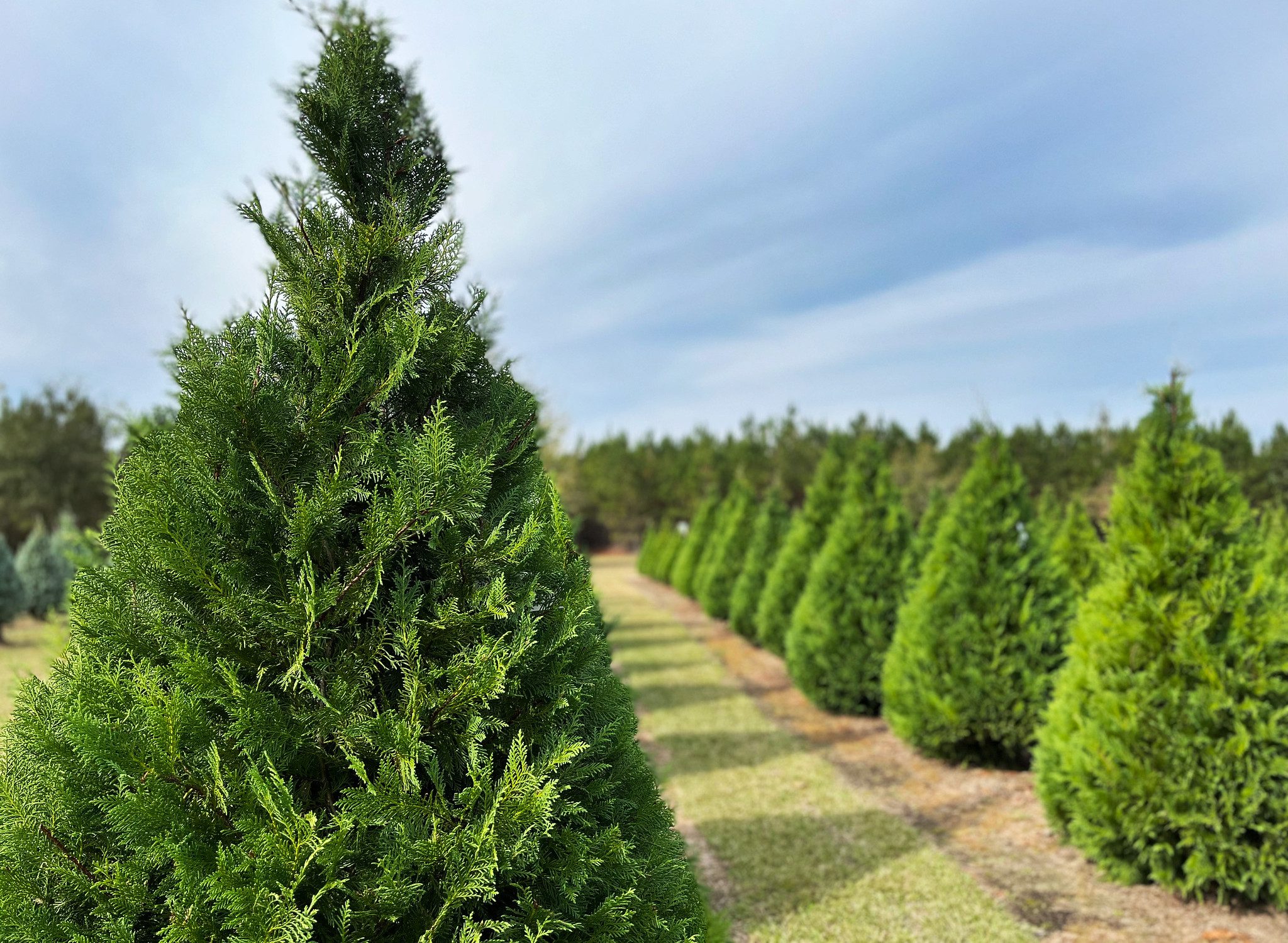Home

The Christmas holiday season is here again, and the time has come to put up a Christmas tree. One question that is raised each year is whether to get a real Christmas tree or use an artificial version. The ultimate goal is to have a beautiful Christmas tree for everyone to enjoy, but deciding which type to use usually comes down to personal preference. It is an important decision to make, yet it can be a difficult one. To help you make an informative decision, the following information outlines the positives and negatives for each type.
Artificial Trees
 Artificial Christmas trees have been around for many years and are now more common than ever. The major advantage of using an artificial tree is convenience. It can be used year after year, doesn’t create much of a mess, and doesn’t have to be watered and maintained. Compared to buying a real tree every year, artificial trees can pay for themselves in the long run. Many of the newer artificial trees look realistic and can come with built in lights, in an array of seasonal colors, and partly decorated. Once the holiday season is over, you can just pack it up and store it until next year.
Artificial Christmas trees have been around for many years and are now more common than ever. The major advantage of using an artificial tree is convenience. It can be used year after year, doesn’t create much of a mess, and doesn’t have to be watered and maintained. Compared to buying a real tree every year, artificial trees can pay for themselves in the long run. Many of the newer artificial trees look realistic and can come with built in lights, in an array of seasonal colors, and partly decorated. Once the holiday season is over, you can just pack it up and store it until next year.
One of the biggest flaws of artificial trees is that they are indeed fake. Most are made of plastic and metals, with many not even coming close to looking like real trees. A pole with green arms sticking out just doesn’t quite work, nor does it put you in the holiday spirit. The ones that do resemble real trees can often be expensive. Artificial trees also do not have the same effect as real trees in regards to natural fragrance and appearance. Another negative is that one has to have the space to store it year after year.
Real Trees
 Selecting a real tree for Christmas has been a tradition for centuries. They are many positives of using a real one. First, the beauty of a real Christmas tree is simply spectacular. There are many species to choose from, they offer a natural pleasing fragrance, and they come in a variety of textures, sizes, and shapes. The most commonly grown Alabama species are the Leyland cypress, Carolina sapphire, and Virginia pine. The trees most often sold at retail stores and parking lots are fraser firs grown and shipped from the North Carolina mountains. Plus, there is something that can be said about the experience of going to the tree farm or nursery and picking out your own Christmas tree. It can turn into a special and memorable family event that is repeated each year. Real trees are also biodegradable and can be recycled into mulch or as a fish reef after the holidays.
Selecting a real tree for Christmas has been a tradition for centuries. They are many positives of using a real one. First, the beauty of a real Christmas tree is simply spectacular. There are many species to choose from, they offer a natural pleasing fragrance, and they come in a variety of textures, sizes, and shapes. The most commonly grown Alabama species are the Leyland cypress, Carolina sapphire, and Virginia pine. The trees most often sold at retail stores and parking lots are fraser firs grown and shipped from the North Carolina mountains. Plus, there is something that can be said about the experience of going to the tree farm or nursery and picking out your own Christmas tree. It can turn into a special and memorable family event that is repeated each year. Real trees are also biodegradable and can be recycled into mulch or as a fish reef after the holidays.
Real Christmas trees do, however, have some negatives. Purchasing a good looking, better-quality tree will cost you several dollars. They aren’t cheap unless you want a cheap looking tree. The cost you put into a real tree or two can sometimes be about the same cost of an artificial one. Another disadvantage is they must be watered regularly to keep them looking good and to prevent them from drying out. They can potentially become a fire hazard if they dry out and are near a heat source. Cleanup can also be a big mess. When the time arrives to take down the Christmas tree, the tree will likely be drier and will have started dropping lots of needles. There is also the problem of a lot of real trees not being recycled. Instead, they wind up out with the garbage and in the landfills.

